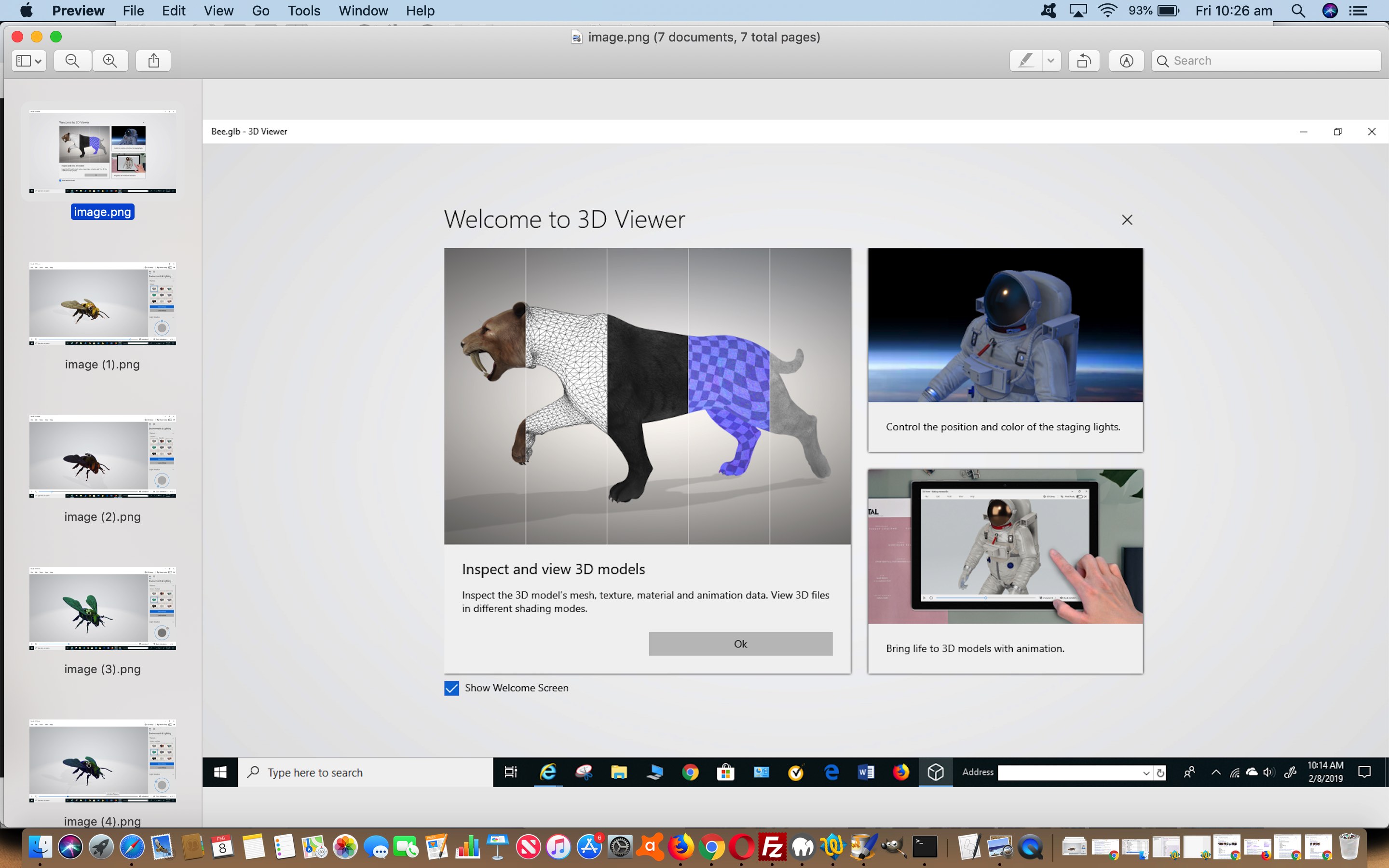

- 3d settings for windows 10 serial number#
- 3d settings for windows 10 update#
- 3d settings for windows 10 pro#
- 3d settings for windows 10 code#
- 3d settings for windows 10 password#
The Devices page allows you to enable or disable specific devices and components including:Įach device is listed with a slider button that you can move to On (enabled) or Off (disabled) position, as shown in Figure 6.įigure 6. The TPM is used to authenticate encryption for your device’s data with BitLocker. If you do not see the Enable TPM setting, open tpm.msc in Windows to check the status, as shown in Figure 5.

To learn more, see Secure Boot.ĭepending on your device, you may also be able to see if your TPM is enabled or disabled. You can also configure Secure Boot to work with third-party certificates, as shown in Figure 4. You can disable Secure Boot to allow your Surface device to boot third-party operating systems or bootable media.
3d settings for windows 10 code#
Secure Boot technology prevents unauthorized boot code from booting on your Surface device, which protects against bootkit and rootkit-type malware infections. On the Security page you can also change the configuration of Secure Boot on your Surface device.
3d settings for windows 10 password#
Add a password to protect Surface UEFI settings Special characters: password must be at least 6 characters and is case sensitive.įigure 3. The password can contain the following characters (as shown in Figure 3): This password must be entered when you boot the Surface device to UEFI. The Security page allows you to set a password to protect UEFI settings.
3d settings for windows 10 update#
You can find up-to-date information about the latest firmware version for your Surface device in the Surface Update History for your device. System information and firmware version information The firmware version of each of the following devices is displayed on the PC information page (as shown in Figure 1):įigure 1. Surface devices have several internal components that each run different versions of firmware. You will also find detailed information about the firmware of your Surface device.
3d settings for windows 10 serial number#
Serial Number – This number is used to identify this specific Surface device for asset tagging and support scenarios.Īsset Tag – The asset tag is assigned to the Surface device with the Asset Tag Tool. UUID – This Universally Unique Identification number is specific to your device and is used to identify the device during deployment or management. The exact configuration of your device is not shown, (such as processor, disk size, or memory size).
3d settings for windows 10 pro#
Model – Your Surface device’s model will be displayed here, such as Surface Book 2 or Surface Pro 7. The PC information page includes detailed information about your Surface device:


 0 kommentar(er)
0 kommentar(er)
